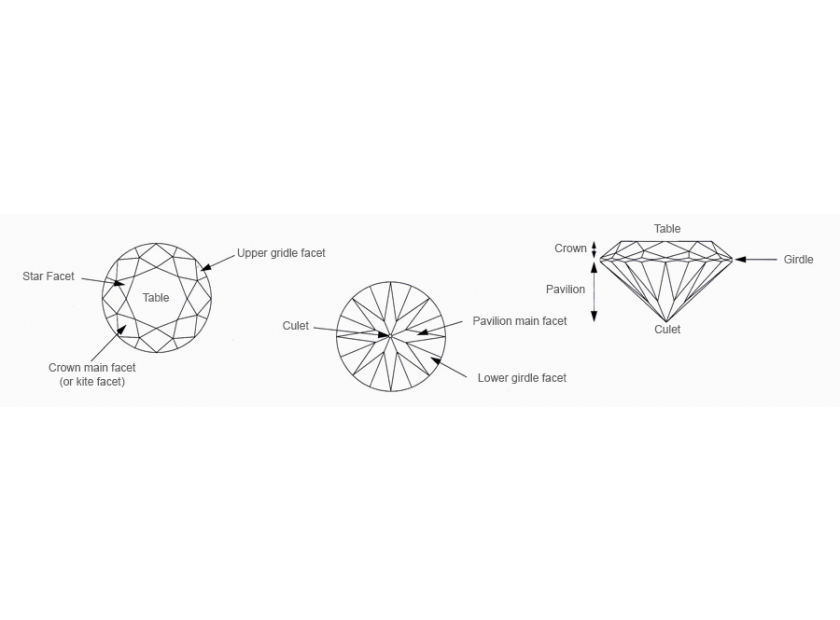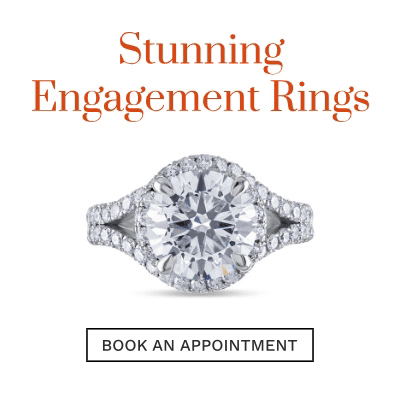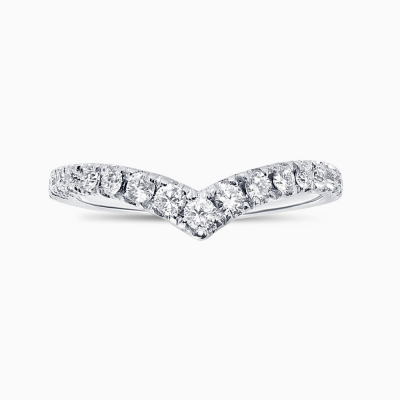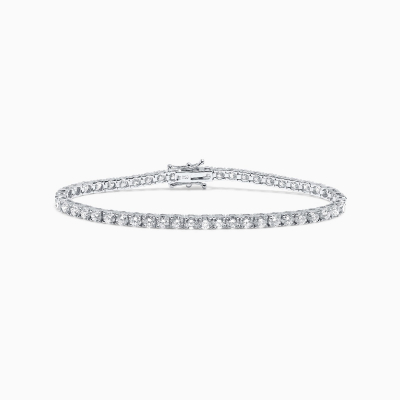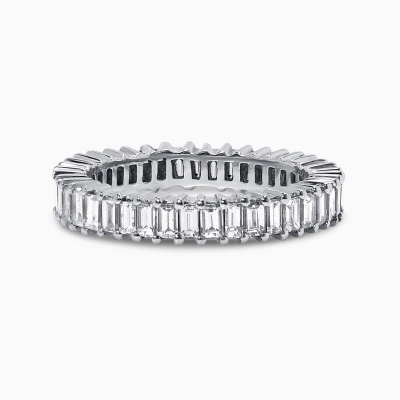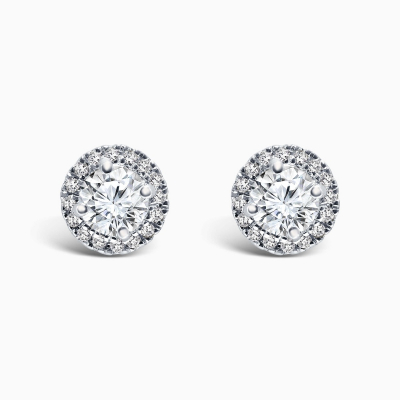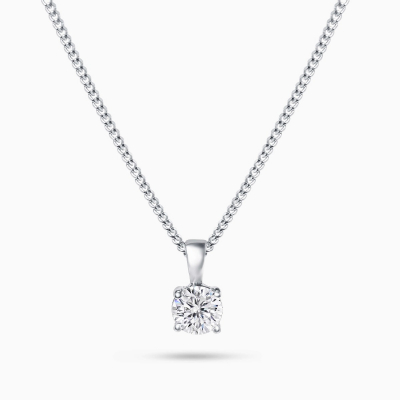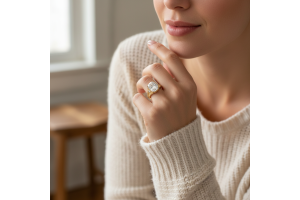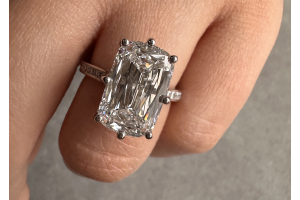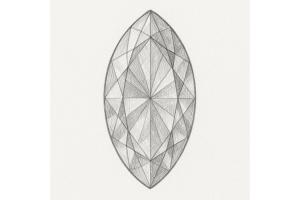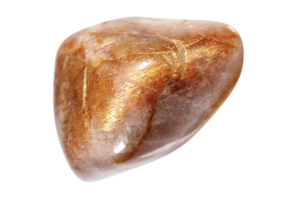GBP
/
GBP
/
Shipping to:
Currency:
Ten Fascinating Facts About Diamonds
It is said that diamonds are a girl’s best friends and for many centuries, people all over the world have been enchanted by the mysterious allure of diamonds regarding them as one of the most glamorous, beautiful and breath-taking natural phenomenon. Women the world over desire to wear diamonds and this gemstone is by far the first choice for engagement rings, is stunning in earrings or when worn as a pendant. However, there is also a lot of interesting facts about the origin of diamonds and their history that you probably do not know, so here are ten fascinating facts about diamonds:
- The word diamond comes from the Greek word ‘adamas’ which means indestructible, unbreakable, or unconquerable. A very apt name for this precious stone, as diamonds are in fact hardest naturally occurring mineral on the planet. The only thing that can scratch a diamond is another diamond.
- The ancient Romans and Greeks believed that diamonds were tears cried by the gods or splinters from falling stars, and Romans believed that Cupid’s arrows were tipped with diamonds – possibly the earliest association between romance and diamonds.
- Diamonds were formed billions of years ago through a combination of tremendous pressure and temperatures of 1652–2372 degrees Fahrenheit at depths of between 90 and 120 miles beneath Earth’s surface. They are carried closer to the Earth’s surface through deep volcanic eruptions.
- Diamonds are made of a single element—they are nearly 100% carbon. Under the immense heat and pressure far below the earth’s surface, the carbon atoms bond in a unique way that results in diamonds’ beautiful and rare crystalline structure.
- Scientists have discovered a planet that they believe is composed mostly of carbon, and is one-third pure diamond! Discovered in 2004, the planet orbits a nearby star in the Milky Way, and is named “55 Cancrie”. Perhaps even more amazing, is the fact that scientists have discovered a star that is essentially a diamond of ten billion trillion trillion carats. They aptly named this star Lucy after the Beatles song “Lucy in the Sky with Diamonds.”
Explore Our Collections
- Diamonds have been valued and coveted for thousands of years. In the first century AD, the Roman naturalist Pliny is quoted as having said, “Diamond is the most valuable, not only of precious stones, but of all things in this world.” Ancient Hindus used diamonds in the eyes of devotional statues, and believed that a diamond could protect its wearer from danger. Many ancient cultures believed that diamonds gave the wearer strength and courage during battle, and some kings wore diamonds on their armour as they rode into battle. During the Middle Ages diamonds were thought to have healing properties able to cure ailments ranging from fatigue to mental illness.
- The countries that are the main sources of diamonds have changed over time. Prior to the 18th century, most diamonds were found in India as this country was the world’s original source of diamonds, beginning in the 1400s when Indian diamonds began to be sold in Venice and other European trade centres. Then in the 1700s India’s diamond supplies declined and diamonds were discovered in Minas Gerais, Brazil which then became the world’s major source of diamonds, until the late 1800s when a huge diamond reserve was discovered in South Africa and the Great Diamond Rush ensued. Today, diamonds are mined in many parts of the world.
- Only a fraction of all the diamonds mined worldwide are gem-quality. More than 80% of the diamonds extracted from the ground today are used for industrial purposes as they are not suitable for jewellery making. They are used in industrial processes such as for drill bits and abrasives.
- The largest diamond ever discovered weighed an amazing 1.33 pounds or 3,106 carats. It was called the Cullinan diamond, and was discovered in 1905 in South Africa. The mine’s owner and the South African leaders gave the diamond to King Edward of England. The Cullinan was eventually cut into nine large diamonds and 100 smaller ones, and the three largest of these are on display in the Tower of London as part of the crown jewels.
- The first known use of a diamond engagement ring took place in 1477, when Archduke Maxmillian of Austria gave Mary of Burgundy a gold ring featuring an M spelled out in diamonds.



